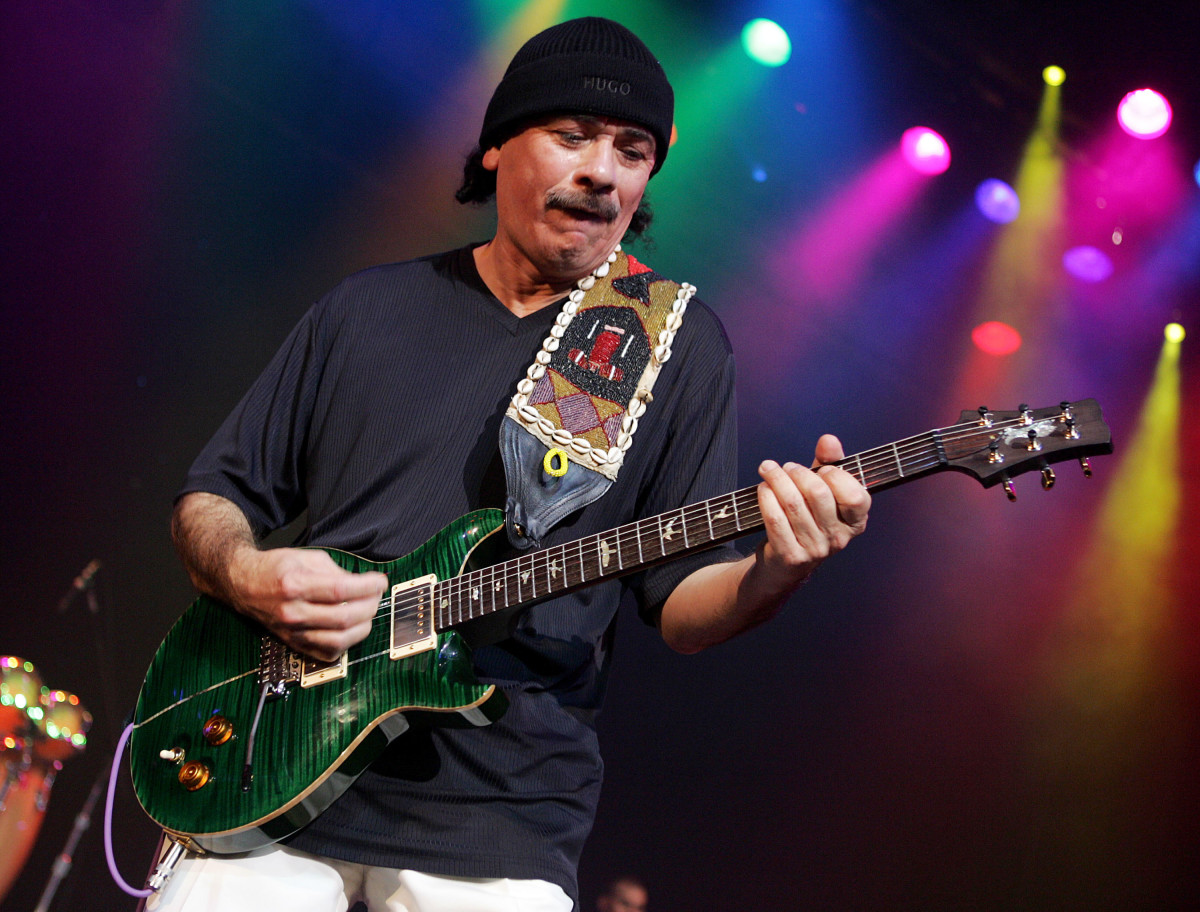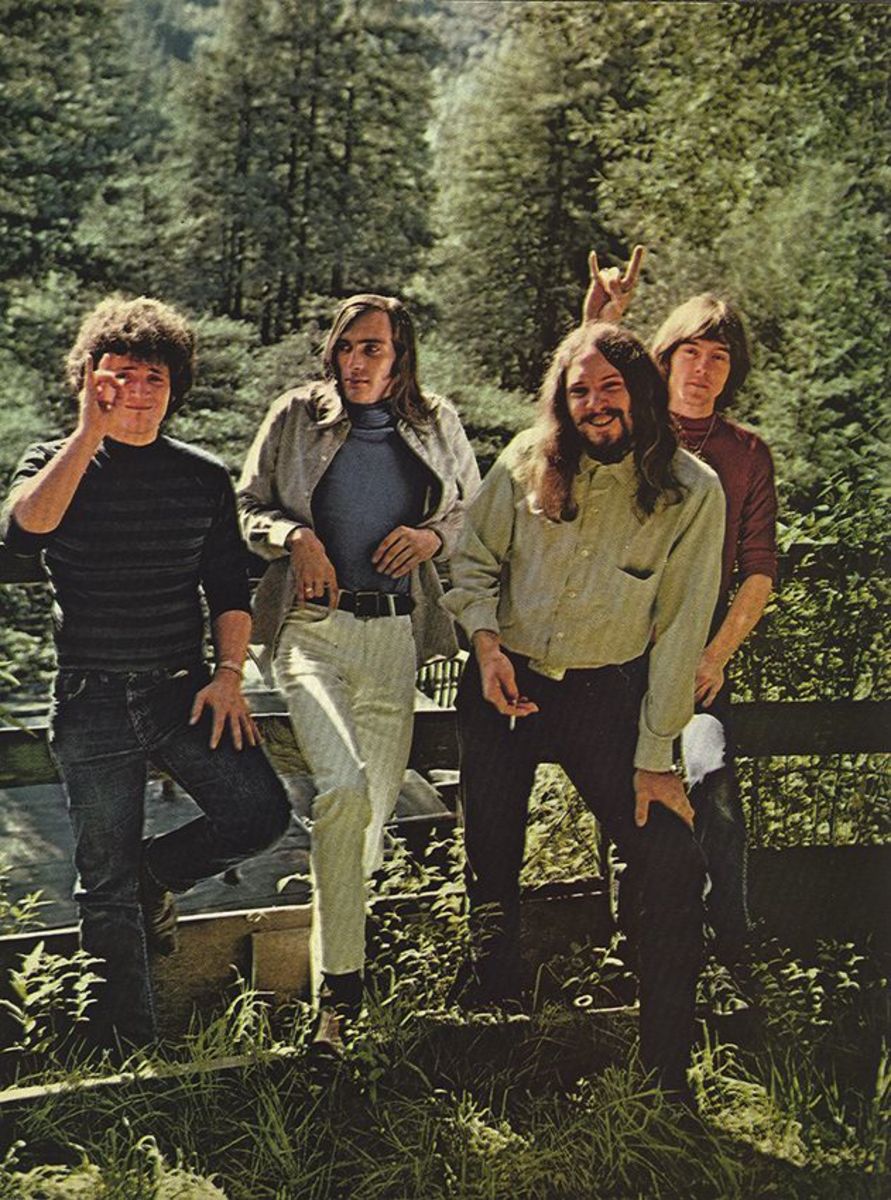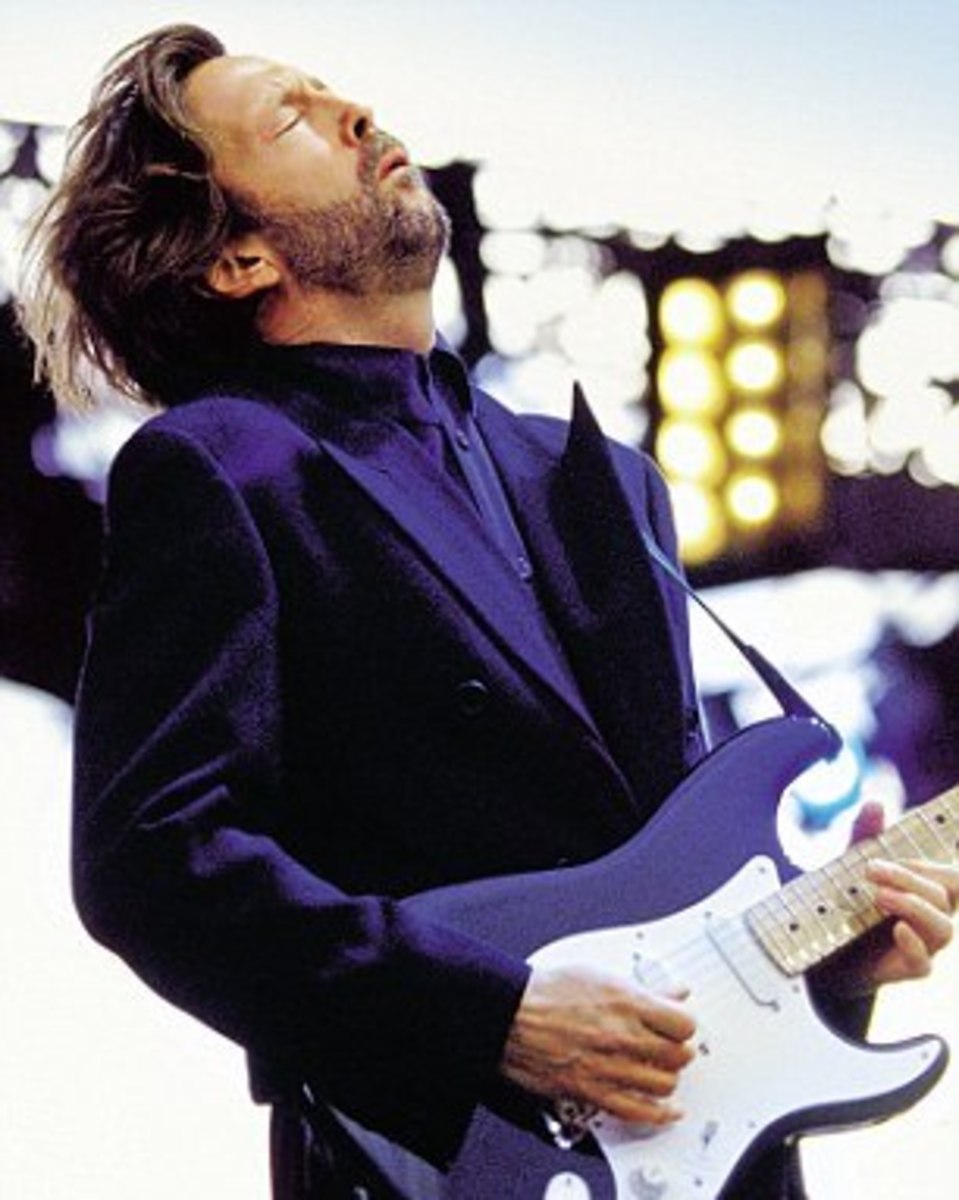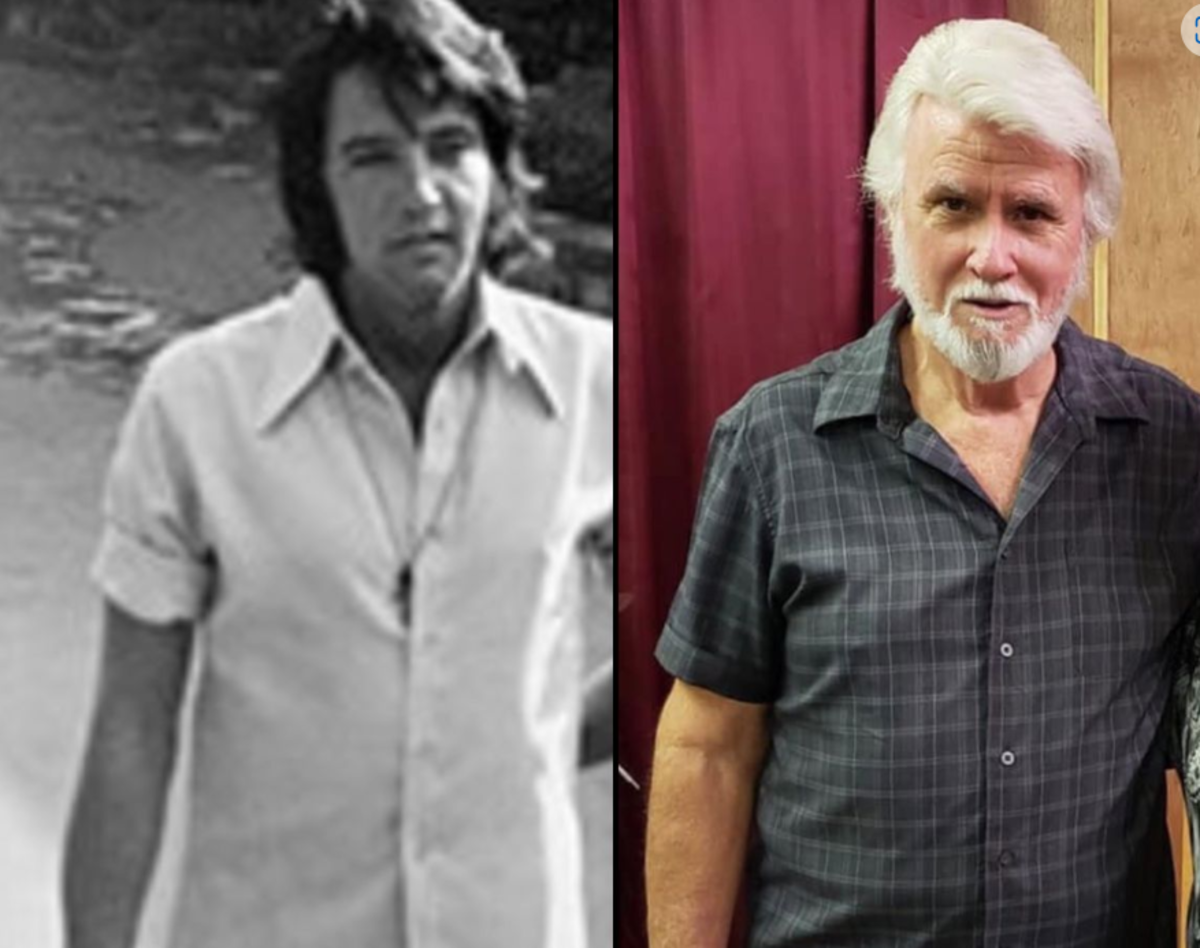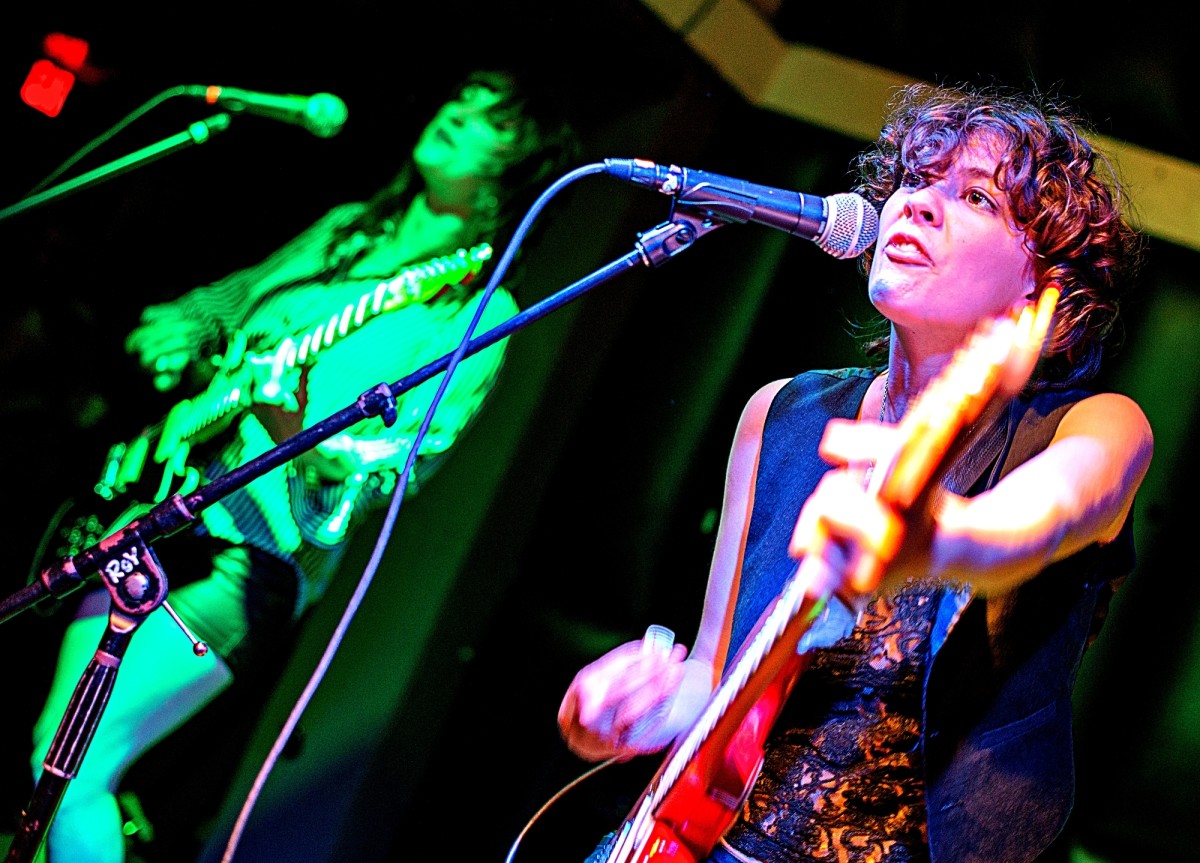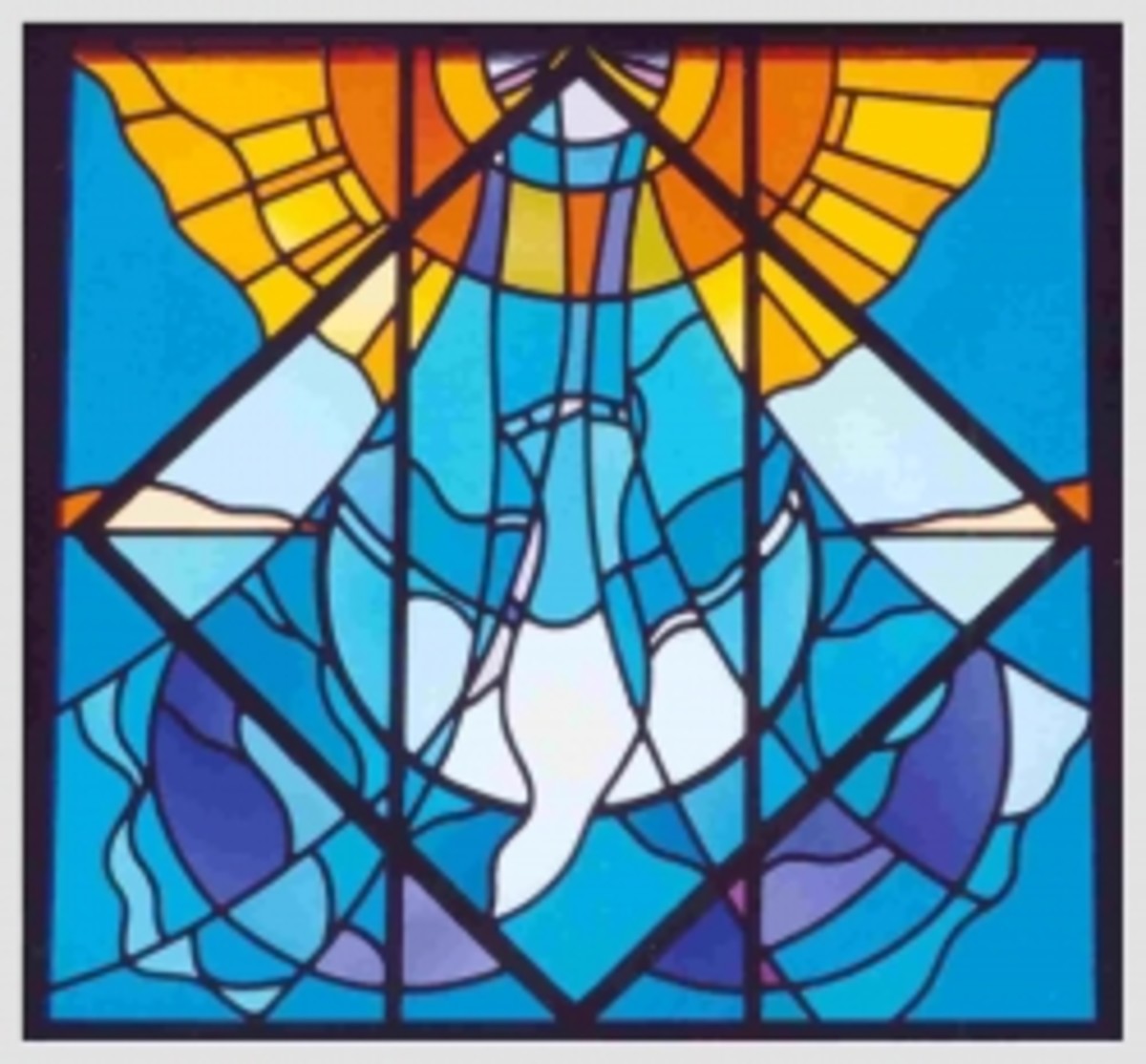CARLOS SANTANA - Real Guitar Hero - Guide to The World's Best Guitarists
How To Sound Like Carlos Santana
It's been said he could take a cardboard box with rubber bands for strings and still get it to make music sweet enough to make a grown man cry. Maybe, but guitar hero Carlos Santana isn't planning on putting down his Paul Reed Smith anytime soon. Good thing too, because his band would be just another Afro-Cuban-Salsa-rock-n-roll band without his delectable guitar solos and riffs.
Imported From Mexico
Born in Autlán de Navarro, Mexico, Santana moved to the United States with his family when he was five. Around the same time he began playing the violin, perhaps inspired by his father who was a mariachi violinist. However, at eight years old the young Santana decided the guitar was more suited for him, and began listening to popular blues artists like B.B. King, John Lee Hooker and T-Bone Walker.
The club scene in Tijuana provided the backdrop for Carlos to hone his skills, until a move to San Francisco in 1961 allowed him to form his own band in 1966, the Santana Blues Band, and go on to become one of the best guitarists in the world.
Carlos Santana
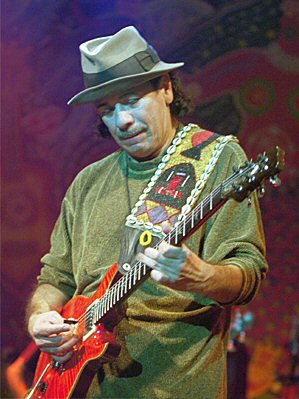
An eclectic mixture of jazz, rock, and even a little Mexican salsa, the Santana Blues Band (which soon became known simply as "Santana") debuted at the Fillmore Theater in San Francisco in 1968. They were an instant hit, with the Latin percussion sound of conga drums and timbales backing up Carlos' sensual guitar leads, and were quickly signed to Columbia/CBS Records. Not until the band's appearance at Woodstock in 1969, however, and the follow-up album of Abraxas (which has gone five times platinum), did they really come into superstar status.
Although the rest of the band's lineup has changed frequently over the years, the heartbeat of Latin America paired with blues-based guitar riffs has remained constant. His recent reemergence from obscurity has surprised many, as the great Santana seemed destined to fade away slowly along with his record sales. However, the 1999 collaboration with younger artists including Rob Thomas of Matchbox 20, Lauryn Hill, and Dave Matthews resulted in the album Supernatural, which many consider to be his finest work yet - and it was this that really launched him into the ranks of the best guitarists in the world.
The Sound…Then And Now
When you talk about sounding like Santana, you've got to separate the sixties sound from the nineties sound. After all, we're talking about thirty years of developments in guitar, guitar effects, and amplifiers. To narrow down the possibilities, we'll look at his setup for two of the most popular albums: Abraxas and Supernatural.
Santana - Maria Maria [TheWraith]
Abraxas was recorded immediately following Woodstock, when Carlos was mainly using a red Gibson SG Special with P-90 pickups along with a stock Gibson SG. He stuck with those two guitars until around '72 when he made the switch to Les Pauls.
Amplifiers used would have been Santana's favorite from then until now, Mesa Boogies, the exact model probably a Mark I combo amp. In the late '70's he added an Ibanez Tube Screamer to his setup, but it wouldn't have been there in 1969-1970.
One aspect of Santana's guitar playing not widely known is his use of fairly narrow-gauge strings, .009-.042's, to make the bends and tremolo that much easier.
Santana ft. Rob Thomas - Smooth
Almost 30 years later, the album Supernatural would have more or less the same setup, with a guitar featuring a couple of humbucker pickups fed through supposedly it's the Brazilian Rosewood neck on his PRS that gives Santana the killer sustain you hear on "Smooth," the hit single with Rob Thomas from Matchbox 20 on vocals that exited 1999 at # 1 on the charts. Although, some might say just about anyone would sound halfway decent if they had a $3,000 Paul Reed Smith guitar to play through, too.
According to the website (www.santana.com) it's the red PRS guitar he used to record most of the tracks on Supernatural. Rene Martinez says in a Guitar Player interview that, "For the most part, Carlos' setup has stayed the same." A PRS guitar into a mid '70's Mesa Boogie Mark I head, with a couple of Dumble Overdrive Reverbs and a switchbox to choose.
Effects wise, Martinez says it's just a Dunlop 535Q wah and a delay pedal, which, although the particular pedal changes often, is currently a T-Rex replica.
Carlos Santana
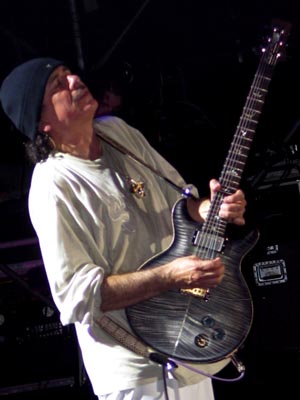
So why has Carlos Santana been so successful? He gives the answer in a May 2005 interview with Guitar Player:
"Because of [my] heart. See, my heart wants to wake people up to their full potential. And to realize that potential in yourself, your heart must dictate to your brain. It should never be the other way around. If your brain dictates to your heart, then you’re just shucking and jiving. No person or thing is going to validate you more than your own heart. So which one do you want to hang with?"
Santana Officially Recommends…
These days his tastes are a bit more expensive, including an endorsement deal with high-end guitar manufacturer Paul Reed Smith. Models available include the special-order Santana II, the slightly less expensive Santana III, and the Santana SE for those just starting (but with a fairly large pocketbook). The newest addition to the PRS family of Santana Signature guitars is the MD, short for "multi-dimensional," because of its Voice Control switch.
Real guitar hero? Yes. The best? Take a look at the other real guitar hero hubs before you decide and see who you think is the world's best guitarist.
Want more information?
Visit Ultimate Santana - a comprehensive resource for Santana's guitar playing, band members, gear, songs, and more.
If you're interested in Music Talent, check out Got Music Talent.com for the latest up and coming YouTube music stars!
- Royston Records
Highly recommended recording and production studios.
Want to read more or get the tabs/guides?
This hub brought to you...
by Julie-Ann Amos, professional writer, and owner of international writing agency www.ExquisiteWriting.com
Why not create your own HubPages? It's fun and you can make revenue from Adsense and other revenue streams on your pages. JOIN HUBPAGES NOW - SIMPLY CLICK HERE...
This work is licenced under the Creative Commons Attribution-Non-Commercial-No Derivative Works 3.0 Unported License. To view a copy of this licence, visit http://creativecommons.org/licenses/by-nc-nd/3.0/ or send a letter to CreativeCommons, 171 Second Street, Suite 300, San Francisco, California94105, USA.



